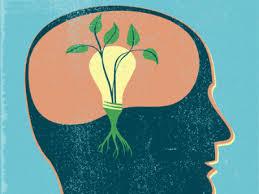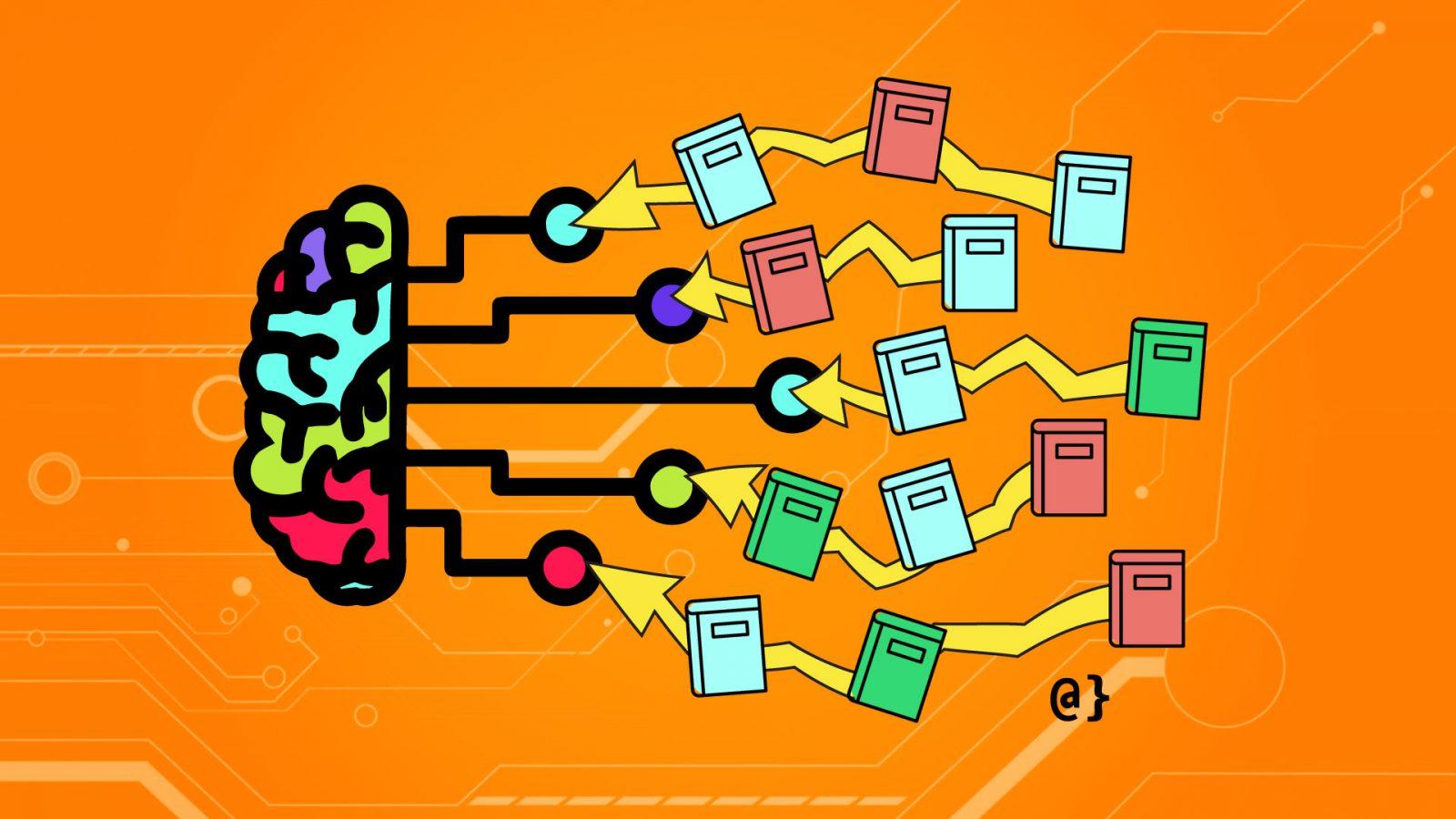Learning and practice
Acquiring information is not learning.
Although textooks can help, they only work when combined with practice.
678
1.92K reads
The idea is part of this collection:
Learn more about personaldevelopment with this collection
How to ask open-ended questions
How to avoid awkward silences
How to show interest in others
Related collections
Similar ideas to Learning and practice
Practice Is Learning
... but learning is not practice. Unless you apply that knowledge and make a meaningful contribution with it, passive learning is not a form of practice.
Making mistakes while practising is a great form of learning, because it helps you gain important insights.
Growth Learning
It is the kind of learning that adds new knowledge and skills to your repertoire. With growth learning, you’re acquiring new information that enables you to do things that you could not do previously.
You can discover great ideas by listening to podcasts, reading blogs, and reading b...
Meta-Learning
It's knowing how to learn. Learning itself is a skill, and knowing how to do it well is an incredibly valuable advantage.
Merely acquiring information is not learning. People need the ability to make sense of complexity and to combine many bits of data into...
Read & Learn
20x Faster
without
deepstash
with
deepstash
with
deepstash
Personalized microlearning
—
100+ Learning Journeys
—
Access to 200,000+ ideas
—
Access to the mobile app
—
Unlimited idea saving
—
—
Unlimited history
—
—
Unlimited listening to ideas
—
—
Downloading & offline access
—
—
Supercharge your mind with one idea per day
Enter your email and spend 1 minute every day to learn something new.
I agree to receive email updates

